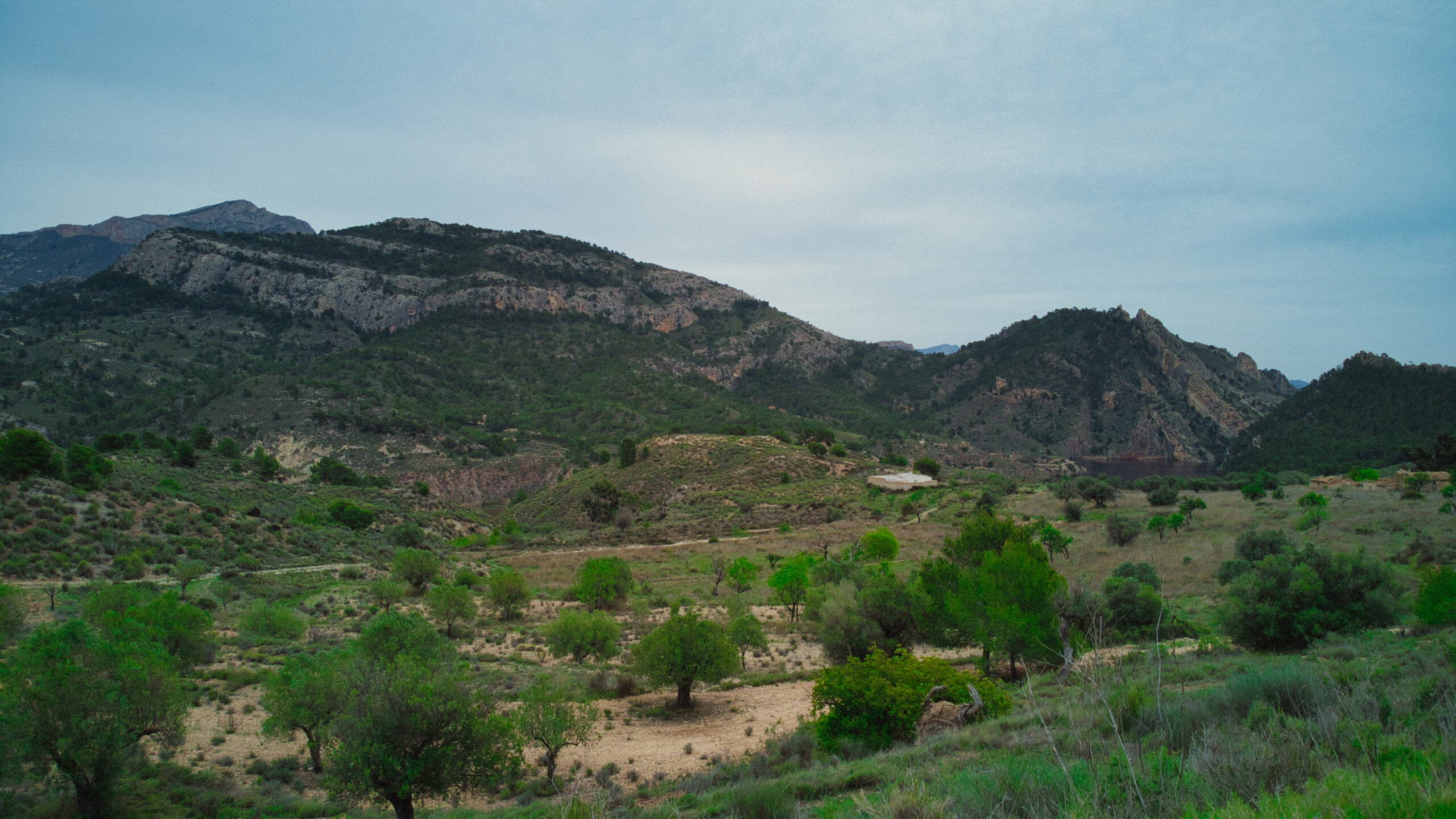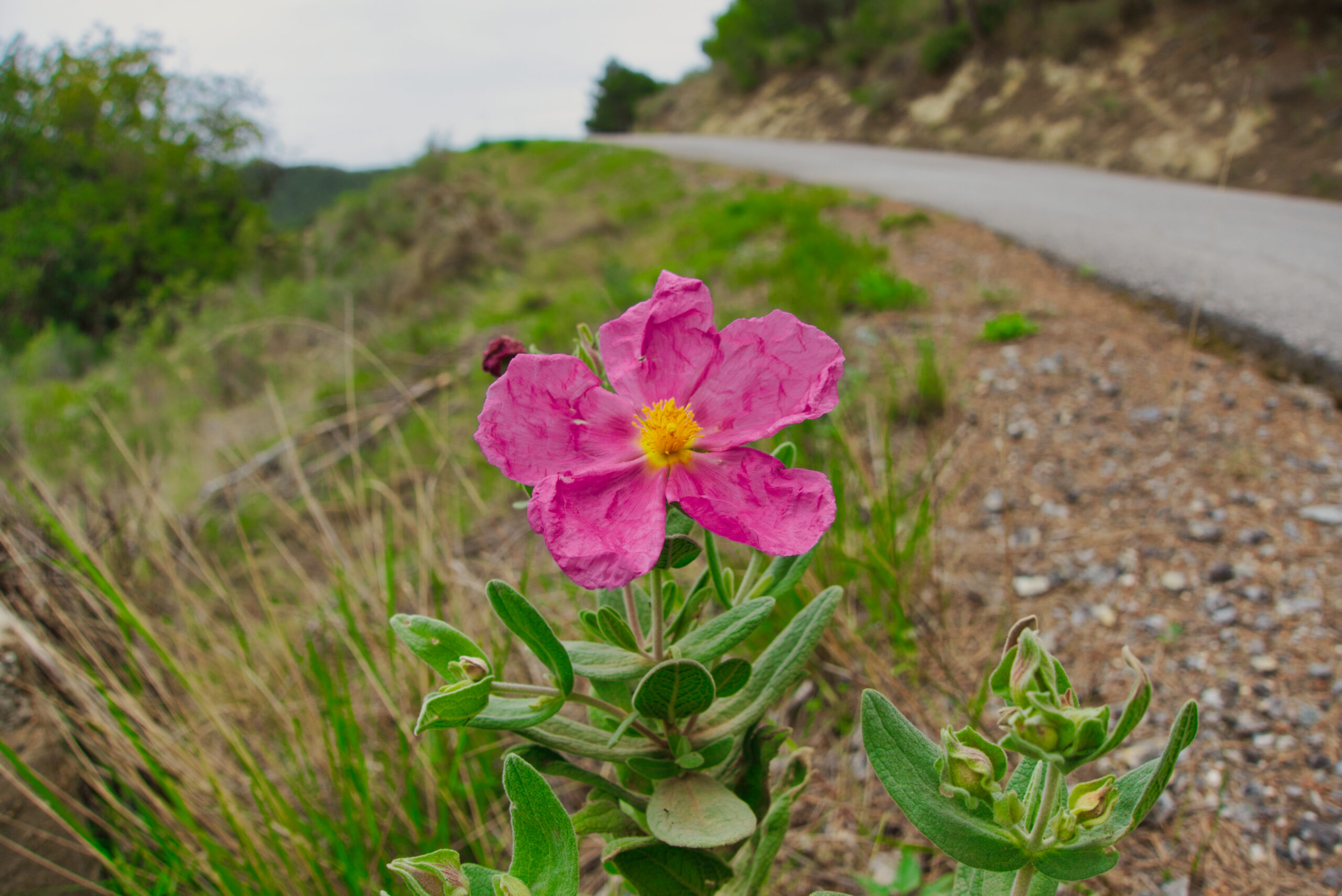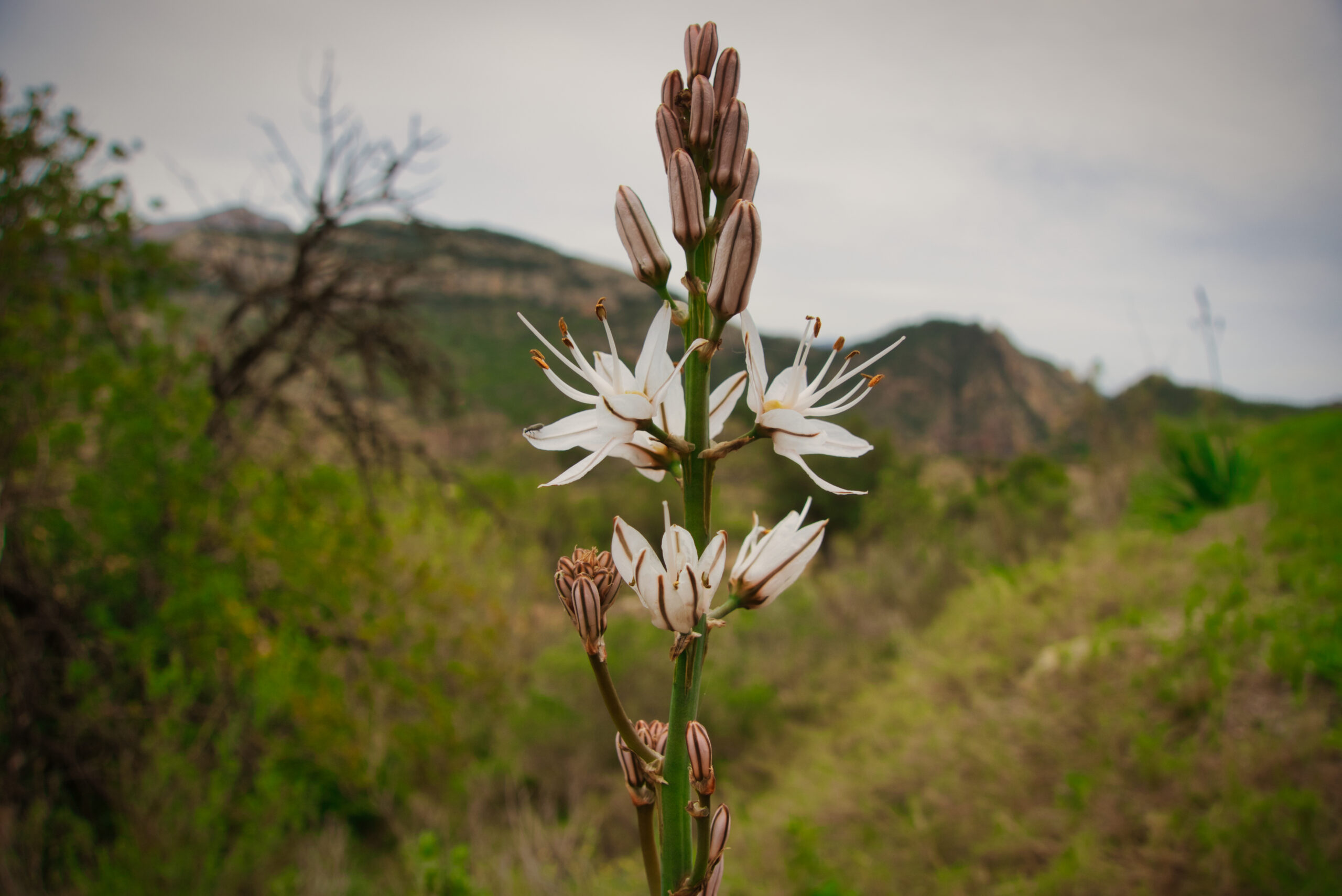Embalse de Tibi
The Tibi reservoir is located on the Monnegre river, in the municipalities of Tibi and Jijona, province of Alicante, Valencian Community, Spain. In its time (16th century) it was the most important dam in Europe and the whole world known for its height of more than forty meters, which was not exceeded until the construction of the great dams of the Enlightenment period. Its works began in 1580 directed by Juan Bautista Antonelli and his nephew Cristóbal de Roda Antonelli by order of King Philip II on the Monnegre riverbed. Together with the Almansa reservoir, it is one of the oldest operating reservoirs in Europe, the latter being the one that has operated continuously for the longest period of time.
History
The idea for its construction came from two residents of Muchamiel, Miguel Alcaraz and Pere Izquierdo, who proposed damming the waters of the Monnegre River by raising a wall in the gorge formed by the Mos del Bou and La Cresta mountains, in the municipality of Tibi.5 Work began in 1580 under the direction of Juan Bautista Antonelli by order of King Philip II, but was soon halted due to lack of resources, with only 6 meters of wall erected. The work was resumed nine years later and, until its completion in 1594, there was a succession of modifications, plans, reports, consultations and inspections in which the most eminent engineers of the Crown took part: Juan Bautista Antonelli, Cristóbal Antonelli, Jorge Palearo Fratin, Juan de Herrera, etc.
The reservoir had a capacity of between 4 and 5.4 million cubic meters (the largest of the reservoirs of the time).
Although it suffered a major rupture in 1697, it was put back into service in 1738.





